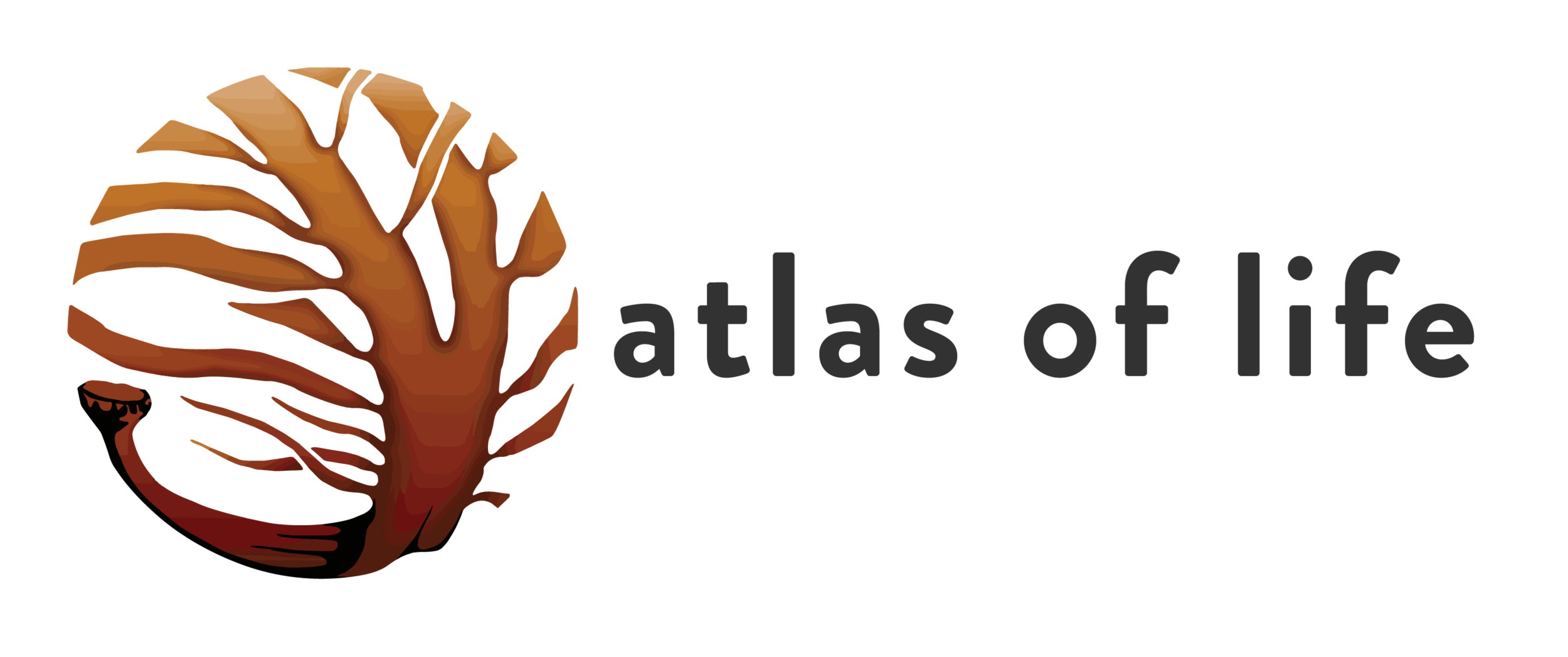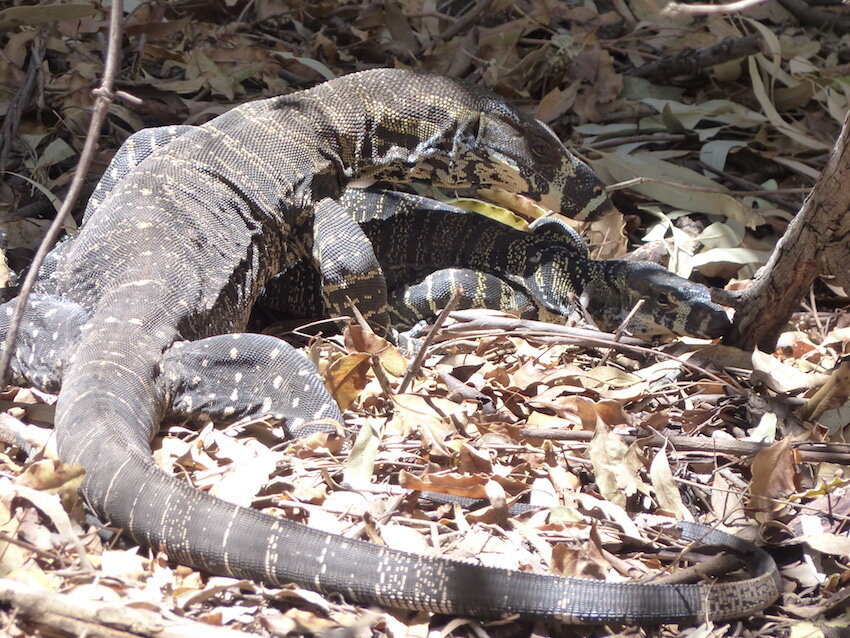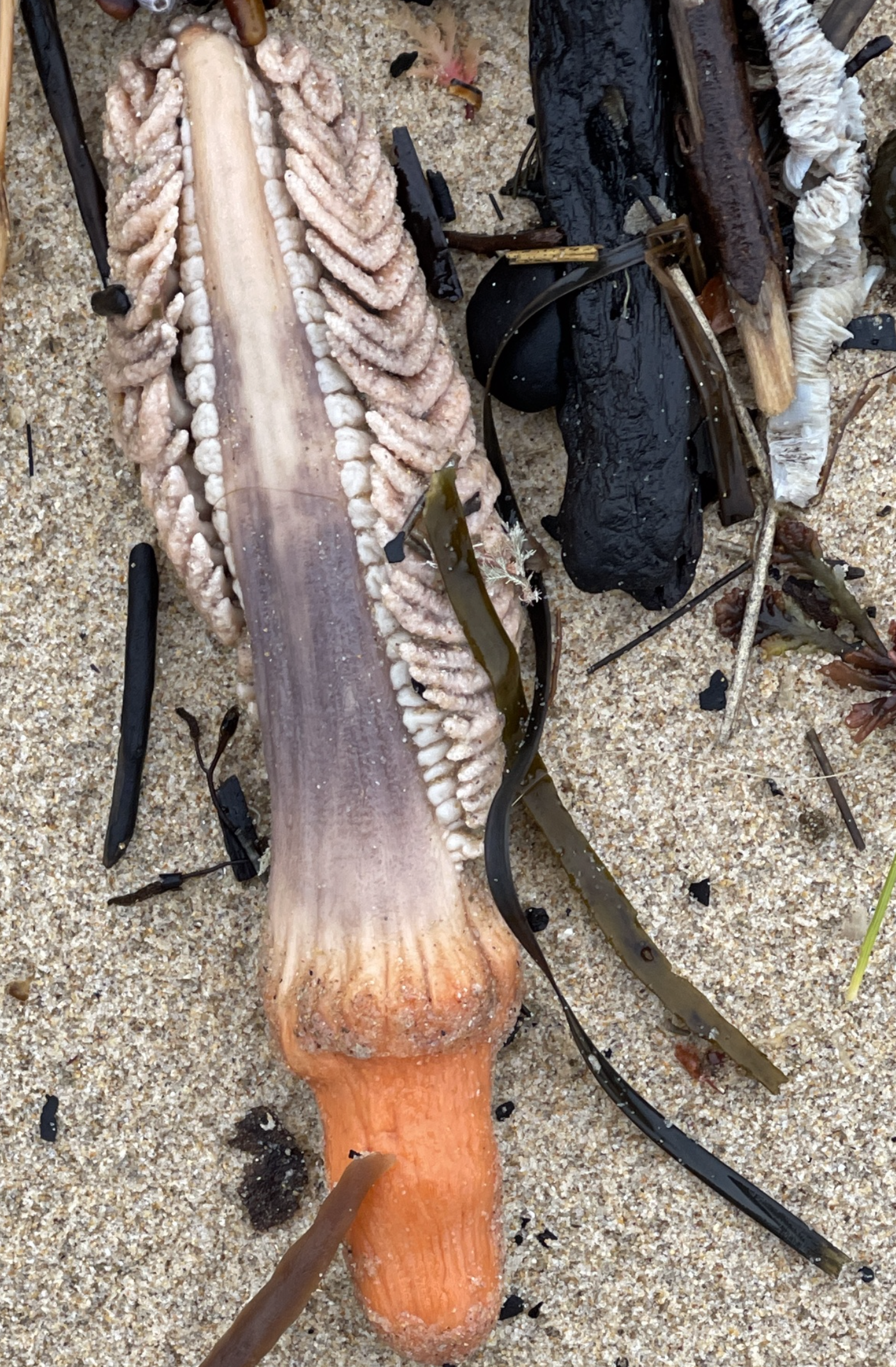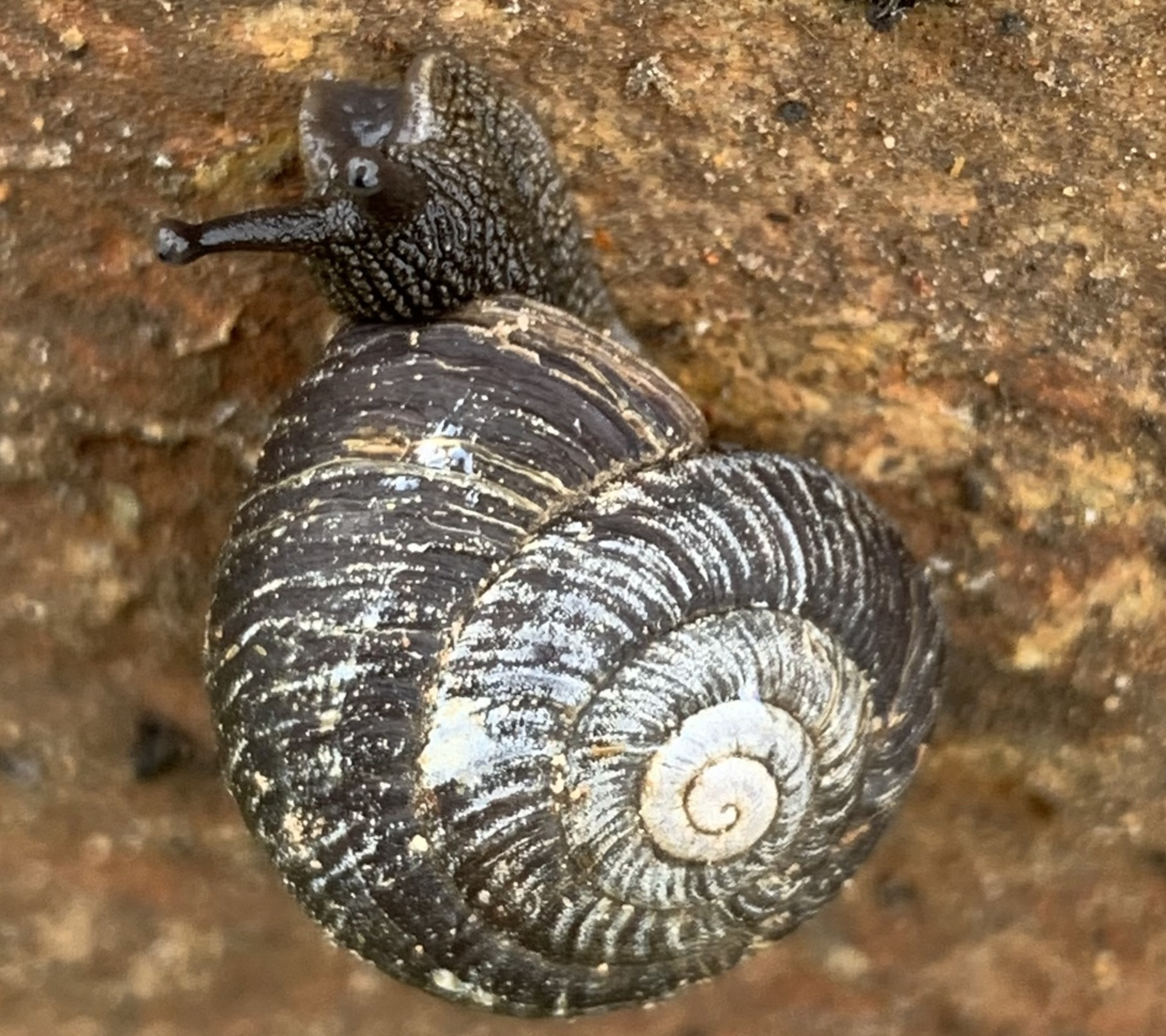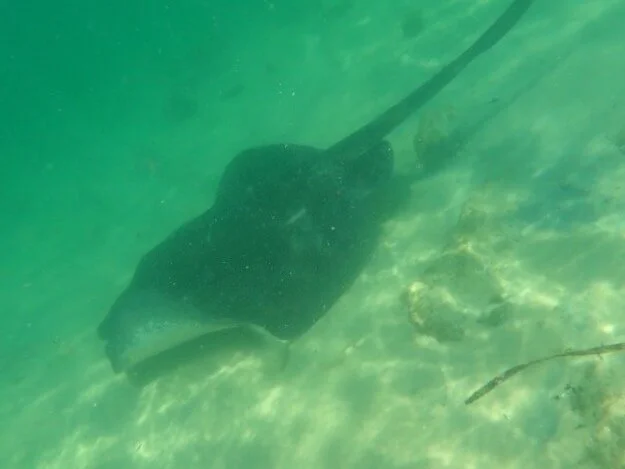Gone on Goannas
NATURE STORIES FROM ISOLATION
by Matthew Higgins
April, 2020
Prior to moving to the Bega Valley in late 2018 I had worked on an ACT citizen science project relating to an Australian goanna, Rosenbergs Monitor (Varanus rosenbergi).
These beautiful large reptiles are threatened in many parts of their range. I was fortunate enough to find them on Mt Ainslie and to photograph females laying their eggs in termite mounds (the even temperature and humidity of which facilitate development of the eggs), and the hatchlings emerging eight months later. My friend and colleague, ACT ecologist Don Fletcher, has gone on to lead a much bigger Rosie project in Namadgi National Park.
A Rosenbergs Monitor, seen here digging into a termite mound on Mt Ainslie, ACT, in January 2017. As comparison with the Lace Monitor photos in this story show, the two species are quite different in their face and tail markings and general body colour.
Down here we don’t see Rosies and instead we have Lace Monitors (Varanus varius). Laceys are similar and use termite mounds for their eggs too, but they are bigger goannas with different markings. Significantly, Laceys are far more arboreal than Rosies, which only climb trees if really forced to. For Lace Monitors trees are a natural escape route from threat, they are a sunning spot, and a source of food in the form of birds, eggs and small mammals like gliders and possums.
Given my interest in goannas, I was immediately looking for Laceys at our bush block on Black Range south of Bega (we had seen them previously during south coast trips over many years). But although Steph and I saw them on the ground at Wallagoot and Kianinny and elsewhere during late 2018 and early 2019, I didn’t spot any at Black Range. It was only in spring 2019, when the goannas came out of their winter sleep, that I saw them on the range - they were up in the trees and I had been looking in the wrong place. They had clearly spent winter in tree hollows and now became active.
On our block are several trees that these goannas prefer for their sunning spots. Particularly, there’s an extraordinarily large dead Angophora reminiscent of one of Tolkien’s Ents, and a large dead Eucalypt that we call the Owlet Nightjar Tree on account of us seeing these birds in hollows there. It is amazing to observe the ease with which the goannas climb vertical tree trunks and then cling on for lengthy periods. They have very impressive claws that aid climbing and clinging, and I wonder too whether body scales also assist adhesion to the trunks. Observations by us in these trees underline the importance of standing dead timber as habitat.
George "hangin’ out" in the dead Angophora, February 2020.
Don and I found that Rosenbergs have unique facial patterns that enable identification of individual animals. So you need good facial photographs (preferably of both sides of the face) to identify them. Using this method I took photos of the Laceys that I was seeing on the block and soon came to recognise that I was indeed seeing more than just one animal.
A good ID photo of George. He was puffing out his Gular (throat) pouch, a defensive posture. Hissing is another defensive behaviour that I have heard a number of times.
Over time I seemed to have photographed four goannas. This was troubling as the block we own is not large and it seemed unlikely that it could support these sorts of numbers. I mentioned this to Don who assisted with literature (specifically work by Enzo Guarino, who I worked with during the ACT Rosenbergs project) and I learned that the Lace Monitors’ home ranges vary significantly in size, and often overlap. I had seen two Laceys at once during the breeding season last spring, and then a few weeks ago I saw another two different animals at once in the one tree. So I have become confident that I am in fact seeing the numbers I thought I was.
Overlap of territory, and tolerance between goannas, are seen here where two goannas are sunning in the dead Angophora (one at upper left, one at lower right), March 2020.
A male and a female goanna in courtship mode, during the breeding season December 2019. The male’s posture was dominant and the female’s submissive - until she ran off at speed down the hill, with him in close pursuit! There was also much tongue-flicking, the tongue being a scent organ.
I have now identified five Lace Monitors on our block at different times, based on facial patterns. Undoubtedly they wander far beyond our block’s modest boundaries. That there is a significant difference between the number of sightings of some individuals compared to others would seem to indicate that while some of the goannas make a lot of use of our area, others are more or less ‘passing through’.
And yes, I have given the monitors names, not to be anthropomorphic or cute, but simply as a means of identification. Numbers seem too clinical. Though I can’t vouch for the sex of the first one we saw, I named ‘him’ George, after colonial NSW goldfields artist George Lacy, of whose work I have long been a fan.
Goanna ‘Newby’ seems untroubled by the feral bee hive in the hollow nearby, January 2020.
While large numbers of Laceys frequent coastal campgrounds, that might be expected given the ‘unnatural’ food resources there, but the numbers on our block would seem to indicate a healthy environment with lots of natural food. (Though some neighbours do have chooks, and Laceys have been recognised since colonial times as bushrangers of eggs!).
Spotting these goannas requires care and concentration. They are well camouflaged and, when sunning themselves, lying flat along a high, horizontal branch, they blend in remarkably. Finding them also requires listening: listening for their movement on leaf-litter on the ground, or on bark when climbing. Alarm calls by birds help; we have seen Kookaburras and Magpies calling and dive-bombing goannas when the birds had young.
Lace Monitors have no trouble climbing and clinging to vertical surfaces. Goanna ‘Newby 2’ is seen high on the Owlet Nightjar Tree (just left of and above the photo’s centre).
The two main trees mentioned above also attract raptors and in my earlier story, The Hunters’ Tree, I said how I saw a Hobby and one of ‘our’ monitors in the tree at once. We also see Wedge-tailed Eagles perching on the tops of these trees and it is interesting to ponder whether a Wedgie would ever grab a Lacey as prey - it would certainly be a battle were such an attempt to occur. Given that in 2007 at Wallagoot Steph and I saw a Lace Monitor take a baby Ringtail Possum from its mother and devour it whole, I think any self-respecting Wedgie might think twice before tackling this top-order reptilian predator.
A Wedge-tailed Eagle taking off from the top of the Owlet Nightjar Tree. I saw one of the Laceys high in this tree the same afternoon.
Meanwhile, as autumn proceeds, the goannas will be slowing down and looking for their winter hollows. Maybe next breeding season I might be lucky enough to find a female Lacey digging her egg chamber in a termite mound on the range. There is always something to look and listen for in the bush...
Wallagoot 2007: a Lace Monitor devours a young Ringtail Possum whole. The possum’s mother was in an adjacent tree, calling. (Low resolution frame from video)
Have you ever seen a baby Lacey? Take a look at this local story from 2017 … ‘Goanna Hatchlings’
If you have a story to share, simply email me (kerrileeharris@gmail.com)
